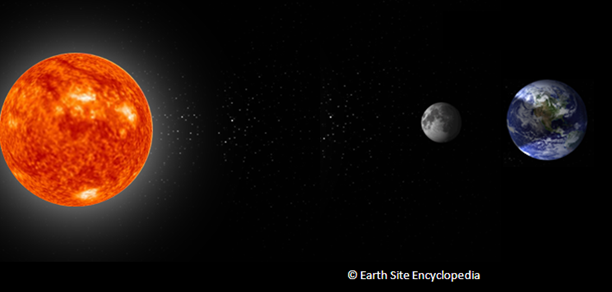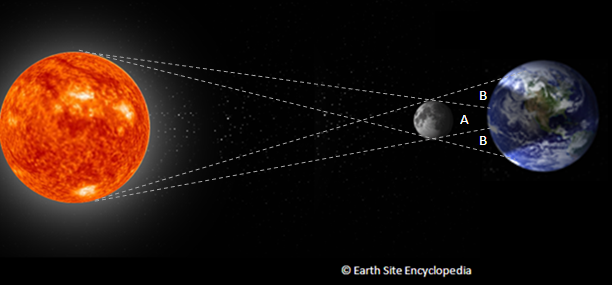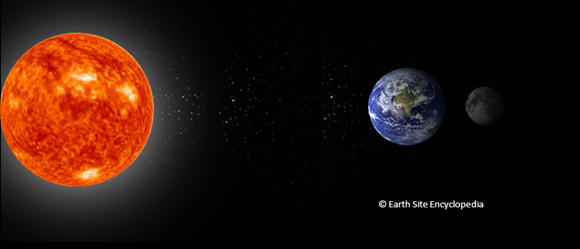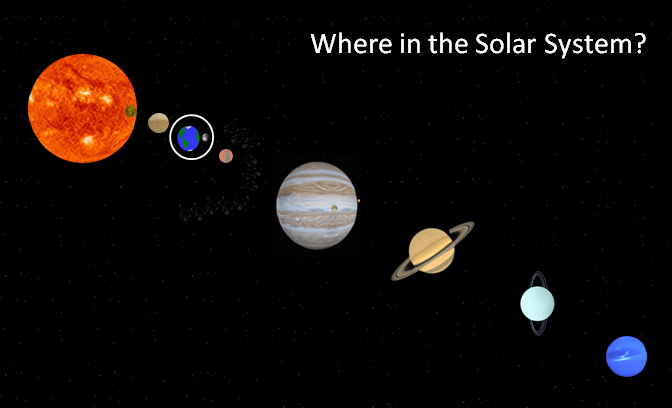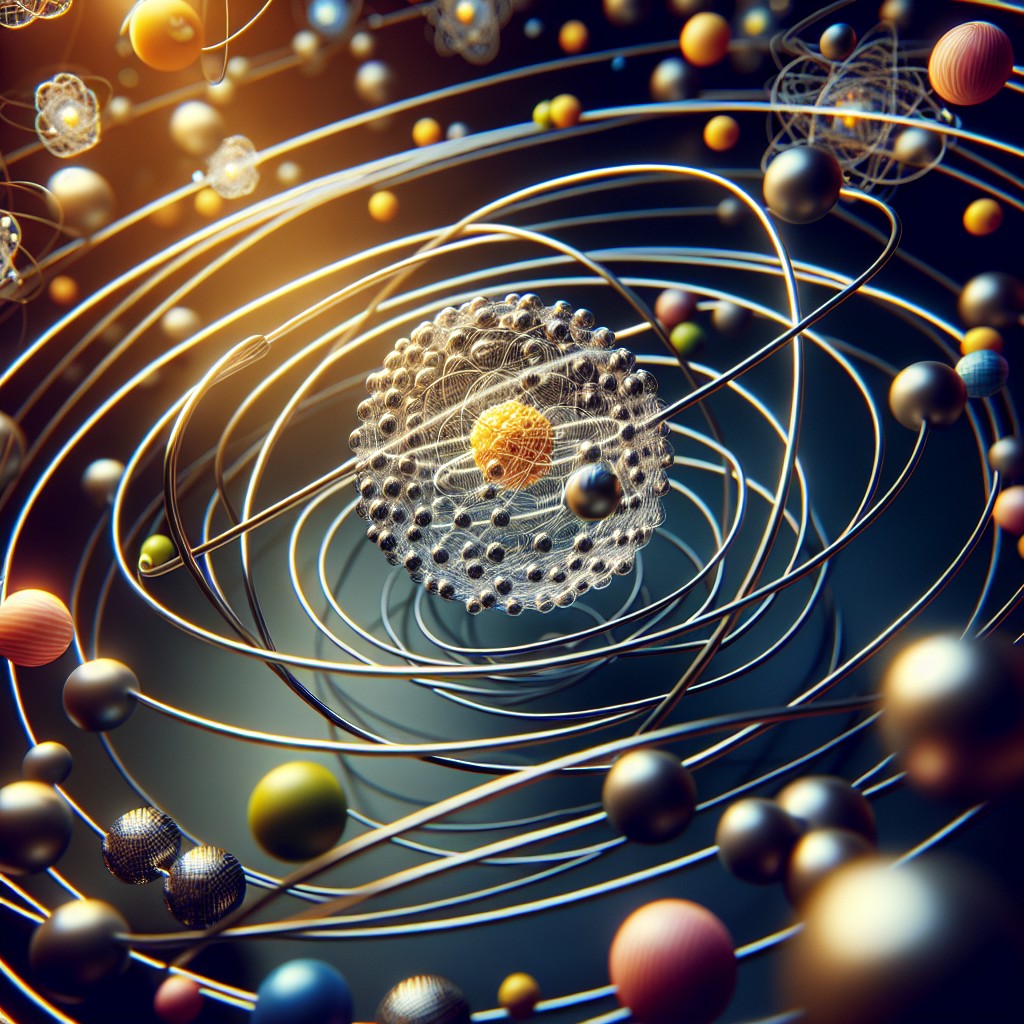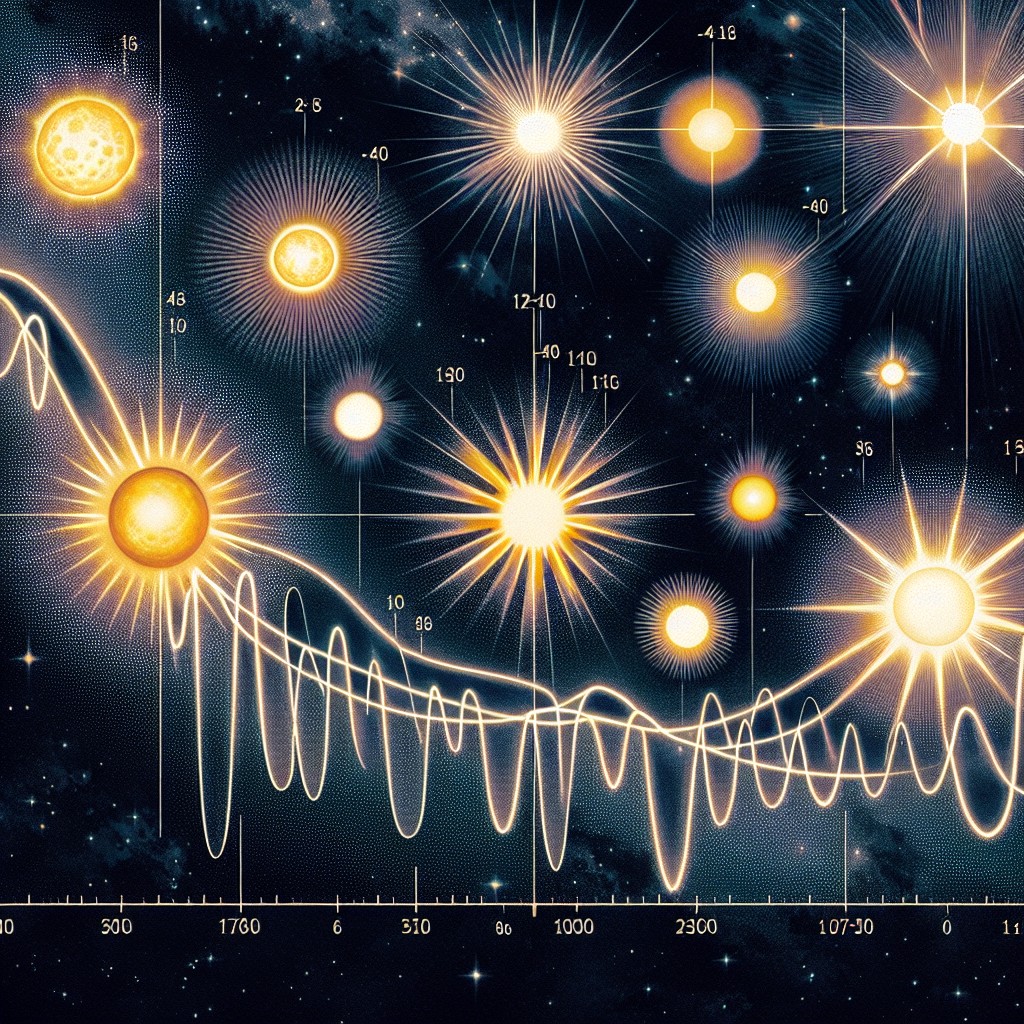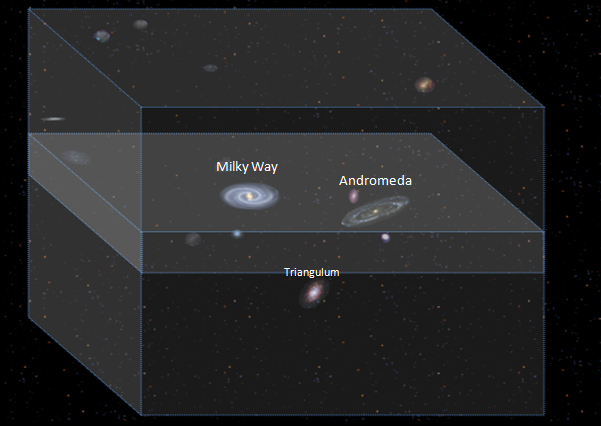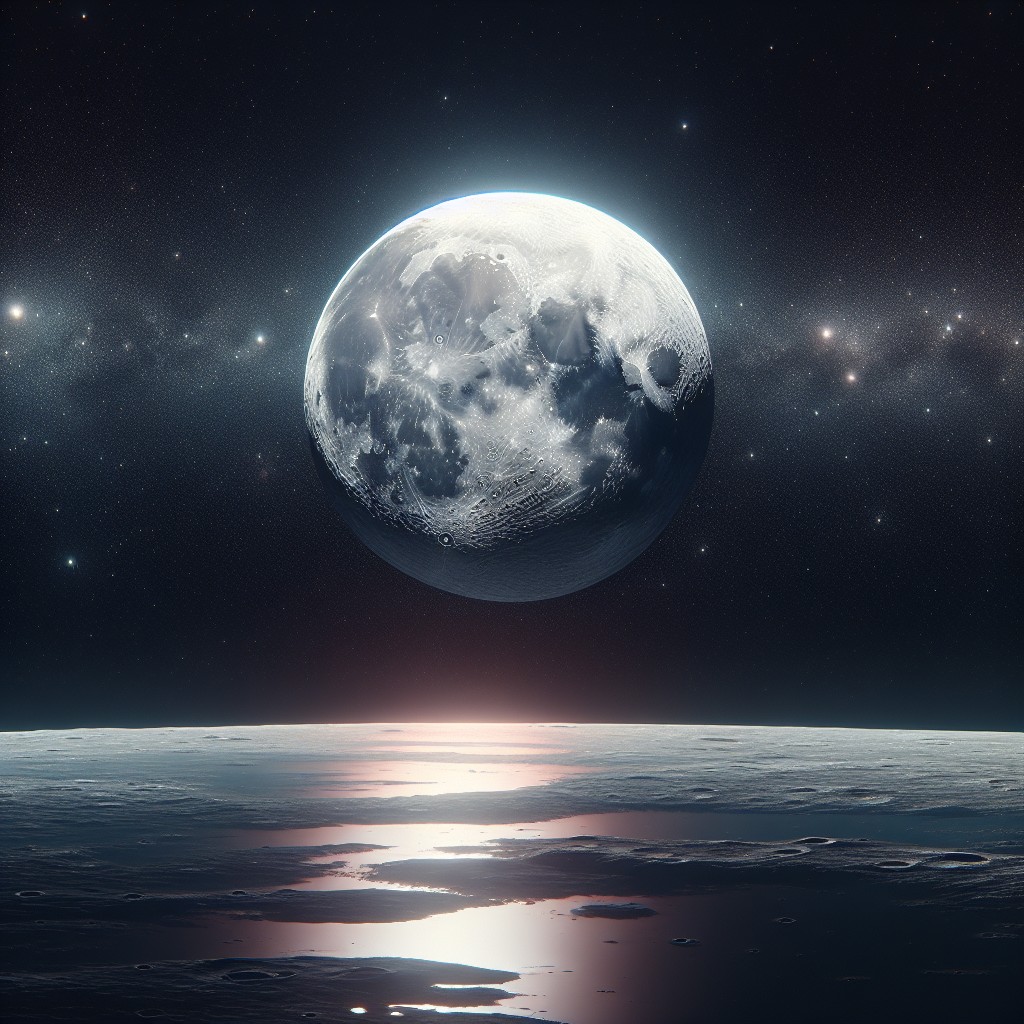
Shortly after the formation of our moon by the Great Impact event our neighbour would have been much closer to Earth
Our Moon
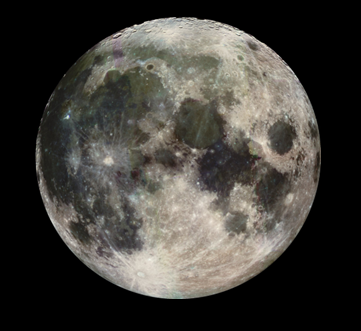
Shortly after the moon’s formation by the Great Impact event (see below), our neighbour would have been much closer to Earth. At only 20 or 30 thousand kilometres away the moon’s tidal effects would have been greatly increased and although water wouldn’t have been present in liquid form, the liquid magma may have been affected. If this was the case then the tidal effects on the magma would have kept the temperature of the Earth’s crust hotter for longer and may have affected how our planet’s surface formed.
The Great Impact Hypothesis
In 1975 two papers were published with a new theory that would change our picture of how Earth was formed and its relationship with our moon. One paper by William K. Hartmann and Donald Davis and another by Alfred G. W. Cameron and William Ward were written to explain why the moon has such a small metallic core which seems to be abnormal to the other celestial bodies in our solar system. The theory is called ‘The Giant Impact Hypothesis’ and is now regarded as the most plausible explanation for the structure of our moon and Earth.
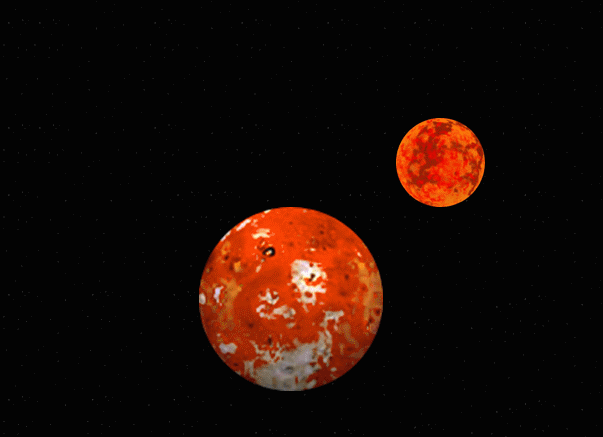
For many years physicists tried to explain how the moon was formed but these theories didn’t fit with what we now about planetary formation, then in the 1970’s two pairs of physicists working on the problem came to the same conclusion.
The theory is that late into the formation of Earth while it was still a hot molten void it was struck by another planetary body about the size of Mars. The other planet hit what would become Earth on one side but with enough force to cause our spin and sheer off most of the crust. This sent the smaller planet spinning around with a tail of its own crust following. Both planets span around each other before coming together once more.
When the bodies collided for a second time their large iron cores fused together with most of the crust forming around the outside of this newly formed planet. Some crust was ejected into close orbit where it began to coalesce into the moon.
This theory explains why Earth has such a large core and why the moon is mainly made of silicon rock like our crust. It is still only a hypothesis as many experiments required to prove it conclusively would be very difficult to perform but all data collected including radioactive dating shows that the Earth and moon formed between 50 – 100 million years after the rest of the Solar system.
Tidal Forces
Today the affects of ocean tides by the moon is well known however the tides are not only affected by the moon. The Sun, among other factors, contributes but without the moon we would not have our tides which are an important factor to the life we have on the planet. It is believed that one possibility, among others, for the origin of life is in rock pools or ‘tide pools’ 1 and if this is the case then the moon was a necessity. Also our ancestor’s transition to land is due to tidal zones, possibly fresh water, and without this life may still be restricted to water2.
Another way the moon has helped life on earth is by helping to reduce major climate changes. If we look at Mars, the angle of rotation(its obliquity of the ecliptic) ‘wobbles’ quite considerably due to the gravitational pull of other celestial bodies, such as the planets and the sun. On Mars there is ice deposits that lie at the north and south poles as these areas are shielded from the Sun depending on the Martian seasons. This variation in the planets tilt of axis has been so severe that the ice has formed towards the equator. This would happen on Earth if it was not for our moon stabilising our angle of rotation to a steady 23.44 degrees.
Craters
The moon has been struck by many thousands of meteors both large and small and this can clearly be seen by looking at the scars on its surface. Studying these craters has led scientists to important information about the conditions of the early solar system particularly the inner planets (Mercury to Mars). Many of the very large craters were created from a period known as the ‘late heavy bombardment’ for about 500 million years after.
Solar Eclipse
As the moon orbits our planet while the earth orbits the sun the moon may fully or partially block the suns light from the earth. This event is known as a solar eclipse and is a regular event that has been observed throughout history with many ancient civilisations believing it to be a sign from various gods. In fact it is a quirk of nature that allows the dramatic event of a full solar eclipse to take place. The diameter of the sun’s surface is 400 times larger than the diameter of the moon, additionally the distance from the sun to earth is 400 times further than the distance from earth and the moon. This makes the moon the perfect size and distance to completely block the light from the sun’s surface, as it does during a total eclipse, leaving just the corona visible around the edge. The total eclipse event can be seen up to two times a year from some point on the earths surface and will last for no more that 7 ½ minutes (although the total time it takes for the moon to move into and out of position takes 2 ½ hours).
Total Eclipse
The type of eclipse that can be observed depends on the type of shadow that falls on that point of the earth. If you are in the area where the full shadow falls, known as the umbra and marked as ‘A’ in the diagram above, then you will be able to observe a total eclipse of the sun.
Partial Eclipse
If however you are in a part of the Earth where only a partial shadow falls, known as the penumbra and marked as ‘B’ in the diagram above, then you will only be able to view a partial eclipse of the sun.
Luna Eclipse
In a similar way to the solar eclipse the luna eclipse occurs when the orbits of the moon puts it on the opposite side of the earth to the sun. This again is rare but due to the earth being much larger than the moon the umbra shadow is much larger. Due to this a luna eclipse is visible from anywhere on the side of the earth facing it rather than in a small location as with a solar eclipse.
Quick Stats
|
Orbit period |
27.32 Earth Days |
|
Rotation Period |
27.32 Earth Days |
|
Equatorial Period |
1,737.4 km (1,079.6 miles) |
|
Overall Density |
3.341 g/cm3 |
|
Mass (Earth = 1) |
0.0123 |
|
Gravity (Earth = 1) |
0.166 |
|
Minimum Temperature |
-233°C (-387°F or 40 °K) |
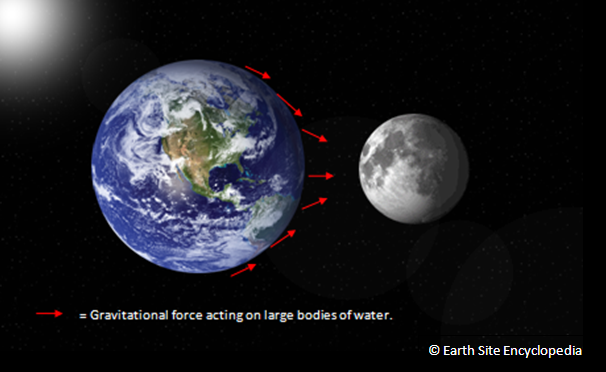
.PNG)
